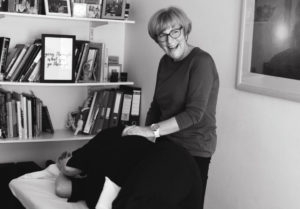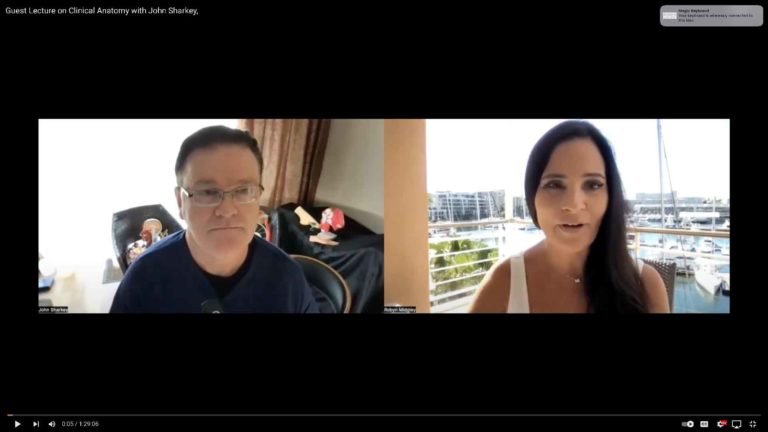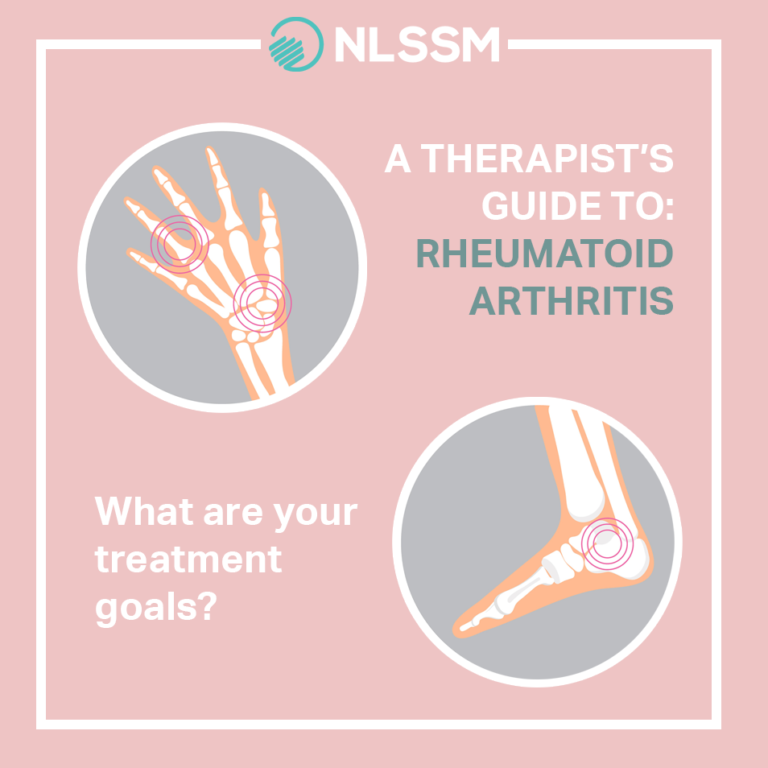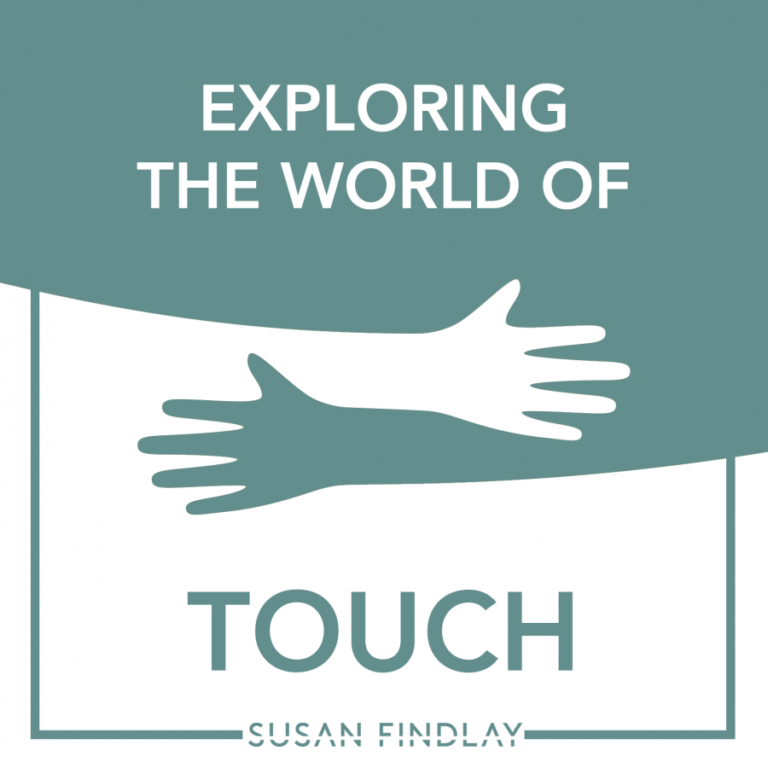
Over the years I have treated many people including young people, learning to live with chronic pain, because of their hypermobile bodies and accompanying syndromes, Ehlers-Danlos and Postural tachycardia syndrome (PoTS)
I attended a workshop with Jeannie Di Bon, (with Polestar UK), I had gone with the intension of being able to support my patients, however, I discovered while sat there listening to Jeannie, that the things she was saying also related to me!
Within this I further realised that managing my own needs to ensure I functioned well both physically and emotionally, has always been a priority.
Having owned my own hypermobility, I has started to become aware of the looseness from an age of about 11yrs
I became clear on how I have managed it, understanding my pitfalls, and understanding I have a strategy for myself.
I have shared this strategy with the people I treat and those who attend my Pilates classes.
My strategy falls into four groups:
The groups being:
- movement
- self-care
- Check-Check
- Carefully selected body work (selection being the therapist, do they understand. Do they know when enough is enough)
Movement:
I have always felt stronger and safer with movement.
Younger Sue used to do weightlifting, power training, which built strength and a feeling of safety. This gave me stability to run, cycle and swim, leading to taking part in a sprint triathlon.
Becoming a mother reduced my available time which meant I was left with walking and cycling. However, there was a growing sense of ‘instability’ growing in the joints.
I then found Polestar Pilates, the pre-Pilates movements gave me for the first time interoception proprioception and nociception.
I got to know my own body and began to love it.
Self-care:
I have had to learn this which has been quite a challenge.
Pilates is essential for my stability and strength, it also this includes eating foods that my body can digest, often against trend. (Vegan, Vegetarian etc) I have found I need protein and lots and lots of vegetables, fresh fruit. No processed food, low sugar foods.
I have also worked out that a fascial eases stress and tension, however a back massage is too much relaxation, my limbs feel like they are going to fall off my body.
I have also learned when it is good to create pause in my life which as a busy woman was not easy.
It has been useful to notice things and places that have impacted my ability to remain relaxed and calm which for want of a better word has ‘jangled’ my nervous system.
Taking a break from the practice every six or seven weeks, finding films and good company that creates laugh aloud moments, have all helped in this respect.
Self-check:
I have learned self-check as a hyper mobile person is beneficial. Sometimes we keep moving as we are worried that if we stopped, we might just collapse. We then would struggle to get back to that positive place. So being mindful and regularly self-checking for me is important.
Mindfulness, this I find quite difficult. Calmness and stillness for me comes from walking, noticing nature which when I am on my own can be relaxing and easing.
I created ‘check-check’ (or clear and kindness to Sue)
- Do I need to keep moving, what does it give me to keep moving?
- When moving, is my body feeling it may be doing too much, or just asking is this good for me?
- When enjoying Pilates, listening to my body, asking am I doing too much today.
- What would rest look like today?
- Am I talking too much?….sometimes this happens, I go on repeat and it becomes fatiguing
Choosing the right therapy:
I always tune in to my intuition, asking does the therapist understand that my system can overreact to their treatment.
I always need to ensure that anyone who is going to treat me, share with me their protocol before doing anything. Within my practice I always encourage open honest feedback on the treatment I have provided.
I share the above strategies with people in my treatment room and also take this into my Pilates classes asking:
- Does this feel useful?
- Just because we can it does not mean we should
- Can we feel the movement, with clear description of where they might be feeling any response.
- Lots of visualizations
- Inviting clients to feel the length and breadth of a movement, but where they can still feel in control/safe.
- Exploring what does letting go feel like. What does this even mean
- The next step is to ask what stops us from seeing and feeling, what is good, helpful, and supportive for our own bodies.
We need to know when things are too much, exploring what does their mind-body tell them when it is enough.
Helping clients to find their strategies is very fulfilling, then working out a treatment plan which could include listening to the body’s rhythm, through the soft tissue mobilisation of the Hendrickson Method treating fibrous tissues and fascia. Then noticing when the rhythm in the tissue changes, knowing when is enough, then lifting the hands off, having an understanding to move at their pace. Sometimes just holding a person with intention is enough. On occasions it is better to under treat rather than push through in a particular moment.
I find making a video for them to use at home is especially useful. It gives them chance to embed the work we have done together at home still hearing my voice.
Each patient is unique, finding strategies which they can understand and find useful is a challenge but is extremely rewarding when you see the patient becoming confident in their new path feeling safer in their own body.






